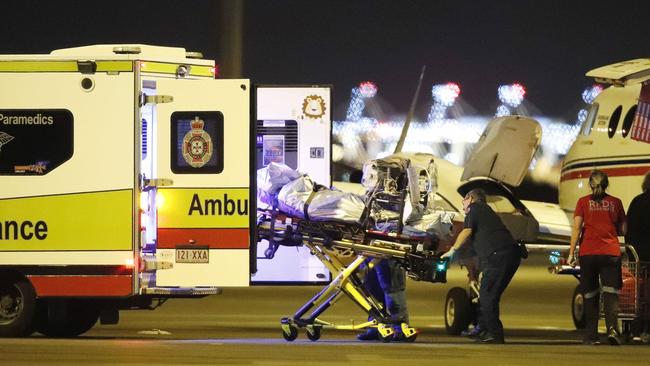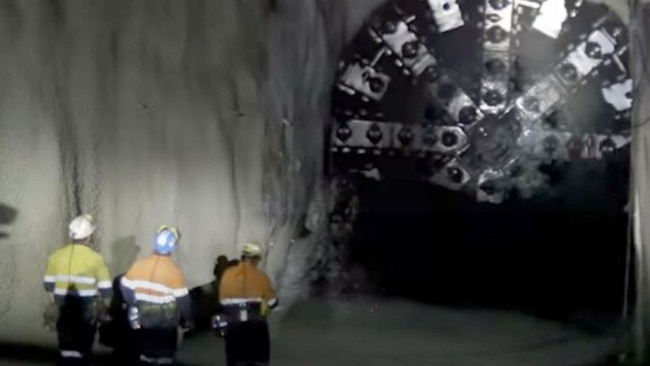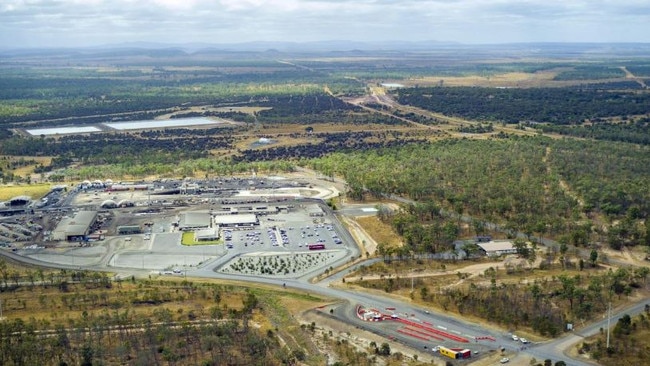Grosvenor miners ‘knocked off their feet’ during pressure event on May 6 2020
MINE INQUIRY: New details have emerged of the horrific May 6 underground blast that injured five workers.

Mackay
Don't miss out on the headlines from Mackay. Followed categories will be added to My News.
Grosvenor mine employees experienced two "waves" of pressure with enough force to be "capable of knocking workers off their feet" just before five men were horrifically burned in an underground fire.
Temperatures during the Grosvenor disaster on May 6 2020 reached more than 200C - with the extreme heat capable of melting synthetic fabric.
These were some of the new details that emerged during the second round of hearings for an inquiry into the traumatic event.
Over the next three weeks, the Queensland Coal Mining Board of Inquiry will explore issues around Grosvenor mine, including the Grosvenor blast and the 27 methane exceedances that occurred between July 1 2019 and May 5 2020.
Counsel assisting the inquiry Jeff Hunter QC said mine workers described the pressure events during written statements and interviews with investigators in the days following the May 6 incident.

In describing the extreme conditions experienced at the mine during the incident, Mr Hunter cited the observations of a fire investigator who was tasked with finding out where it started.
The expert determined the fire centred on shield 111 of the mine - this was also the area which sustained the most damage.
More stories:
Higher production push at Grosvenor months before blast
Inspectorate under fire for failure to share safety records
MINE INQUIRY: 'Methane exceedances not inevitable'
The first half of the hearing on Tuesday explored witness accounts of the Grosvenor blast and observations from experts on the potential cause of the underground fire, including spontaneous combustion.
"Mine management at Grosvenor were aware of the risk of spontaneous combustion, however when a workplace risk assessment control … was completed on 27th of February 2020, it specifically did not address a risk of spontaneous combustion," Mr Hunter said.
The inquiry heard mine management repeatedly recognised the failure of the gas drainage system and its capacity to sustain the mine's production levels.
Mr Hunter said this "raises a concern over whether production was being prioritised over safety".
The inquiry will hear from Resources Safety and Health Queensland regional inspector of mines Stephen Smith when it continues on Wednesday.

Subscriber benefits:
How to activate your free Courier-Mail subscription


